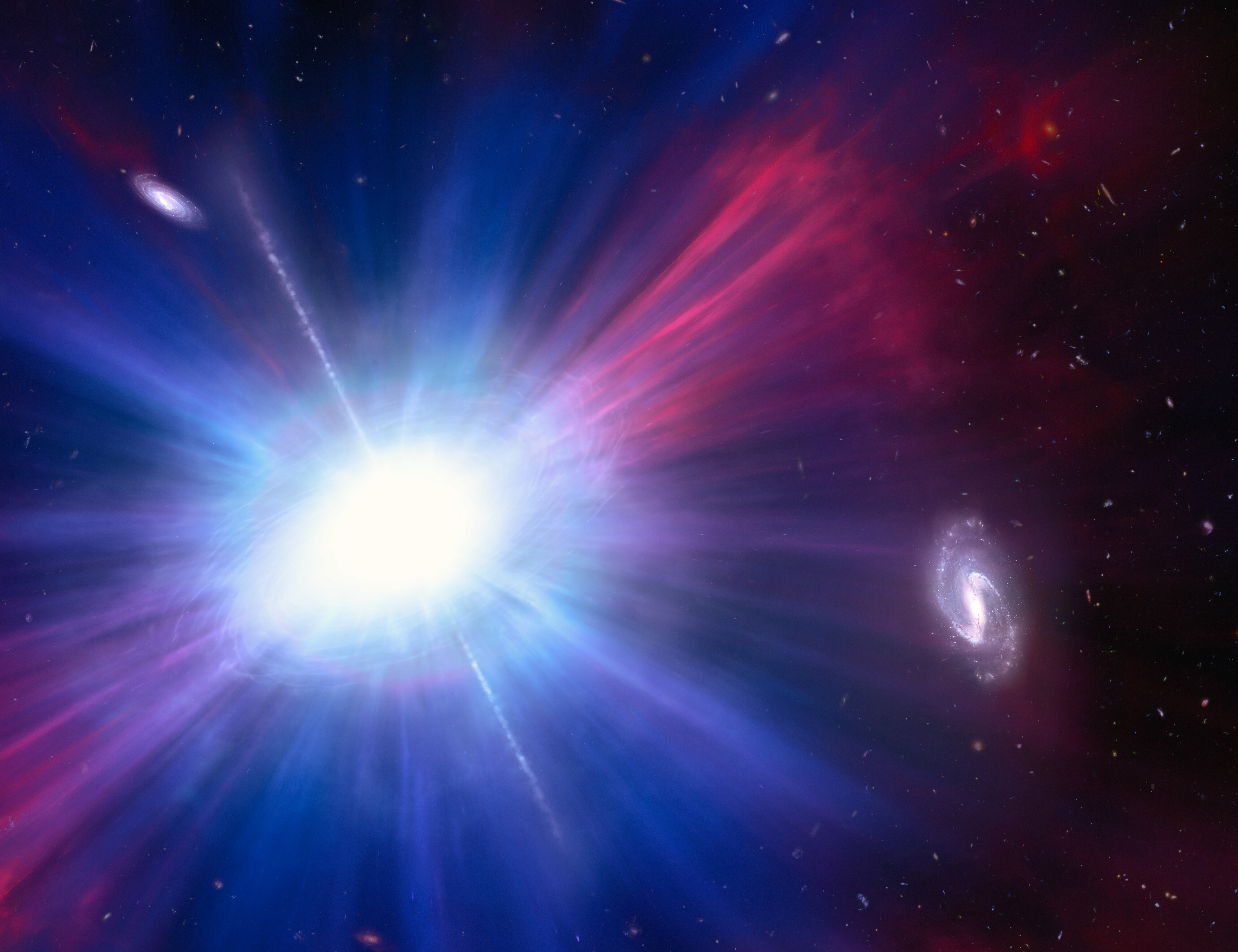| Description: | The extragalactic sky is full of transient phenomena, across the electromagnetic spectrum and beyond. These transients include cataclysmic events such as core-collapse supernovae, tidal disruption events, engine-powered transients (long gamma-ray bursts, super-luminous supernovae) and the detonations or mergers of stellar remnants (supernovae type Ia, short gamma-ray bursts). The advent of wide-field, deep, and high-cadence optical sky surveys has led to the discovery of rapidly evolving transients, which rise and fade on timescales of days. One example are luminous fast blue optical transients (LFBOTs), the prototypical example being AT2018cow ('the Cow'). These events are among the optically brightest transients ever observed, are accompanied by luminous X-ray and radio emission, and evolve too rapidly to be explained by the radioactive decay of Ni-56 which well describes most supernova light-curves. Since AT2018cow, only a handful more LFBOTs have been discovered, and their origins remain unknown. In this talk, I present multi-wavelength observations of a new LFBOT, AT2023fhn ('the Finch'). In stark contrast with other LFBOTs so far, Hubble observations reveal that AT2023fhn lies far away from the nearest sites of prominent star formation - challenging a very massive star progenitor interpretation. I give an overview of the leading models put forward to explain LFBOTs, and evaluate them in the context of AT2023fhn. |

